top of page


News 1. Windows BLUE(Windows 8.1).
On March 26, 2013, Microsoft officially acknowledged Windows "Blue", the internal codename for an update to Windows 8. A public preview of Windows Blue was released at the 2013 Build Conference, which was held from June 26-28, 2013, in San Francisco. The update is expected to be released later in 2013.
On May 14, Microsoft officially announced that the "Blue" update would be named Windows 8.1, and a public beta was released on June 26, 2013 on Windows Storeand Microsoft Download Center.
Windows 8.1 will be a free update for both Windows 8 desktops and Windows RT tablets; existing users will be able to download it from the Windows Store.
Changes
The following changes have been revealed:
-
Components:
-
New apps: Calculator, Alarm Clock,Sound Recorder,a video editing app, Reading List, Food & Drink and a file manager
-
Internet Explorer 11:Includes WebGL and SPDY support, along with expanded developer tools.
-
Microsoft Office RT: Outlook RT, a version of Microsoft Outlook 2013
-
News Operating System

ported to ARM, will be included in Windows RT.
-
PC Settings app: Includes more options that were previously exclusive to Control Panel.
-
Windows PowerShell v4.0: Features a host of new commands for managing the Start screen, Windows Defender, Windows components, hardware and network.
-
Windows Defender: Features network inspection system (NIS), a network intrusion detection system. This feature has been present in Microsoft Security Essentials since July 2010.
-
Windows Store 2.0: Now adds automatic update feature to update installed apps and features a better layout.
-
Start screen:
-
Live tiles as the default mode for the start screen can be replaced by the all apps view
-
The "All Apps" section, now accessed with a hidden downward arrow or upward touch gesture, features a visible search bar. It is dismissed by a similar button with an upward arrow.
-
Start screen tiles can now be locked in place to prevent accidental shifting of tiles that caused frustration.
-
More size options for live tiles on Start screen: small, medium and large plus an extra large size for Desktop tile The "small" size is one fourth of default size in Windows 8.
-
Expanded color options on the Start screen, which now allows users to customize a color and a shade of one's own choice instead of choosing from limited colors.
-
Start screen may now have the same background as desktop or animated backgrounds.
-
Visible Start button restored by default; has color effects similar to the Start charm, and will appear in place of the Start tooltip in apps when enabled. It will auto-hide if any other method (such as keyboard shortcuts) is used to access the Start screen. The button's context menu allows shutting down the device.
-
-
New technologies support:
-
ReFS
-
NFC printing
-
Wi-Fi Direct printing
-
Miracast
-
Mobile broadband tethering
-
Auto-triggered VPN
-
Device encryption for all editions of Windows 8
-
DirectX 11.2
-
Shell and user interface:
-
Windows 8.1 can boot directly to the desktop, bypassing the start screen.
-
Upper right and upper left hotspots can be disabled
-
A "Take screenshot" option is added to the Share charm.
-
A "Play" option is added to the Devices charm for playing content on another device.
-
The size of the sidebar that snapped apps occupy can be changed, although the minimum remains Windows 8's 320 pixels. Snapped apps may occupy half of the screen.Large screens allow up to four apps to be snapped. Upon launching an app, Windows allows the user to pick which snapped view the app should open into.
-
Assigned Access, formerly called Kiosk mode, locks down the Windows device to a single app.
-
The uninstall command allows Windows Store apps to be uninstalled from multiple computers.
-
Windows 8.1 does not create any default libraries. Libraries must be created by user's command.
-
-
System requirements
According to Microsoft, the system requirements for Windows 8.1 is same as Windows 8; however, x64 variants of Windows 8.1 requires CPUs to support four specific x86 instructions: PrefetchW,CMPXCHG16b, LAHF and SAHF. In addition, Windows 8.1 does not work on some newer Intel Atom-based devices.
-
You can download it at this link.(click32bit) here
(64 bit)here
Also visit their Download site here
Windows 8.1 product key:-NTTX3-RV7VB-T7X7F-WQYYY-9Y92F
bottom of page





